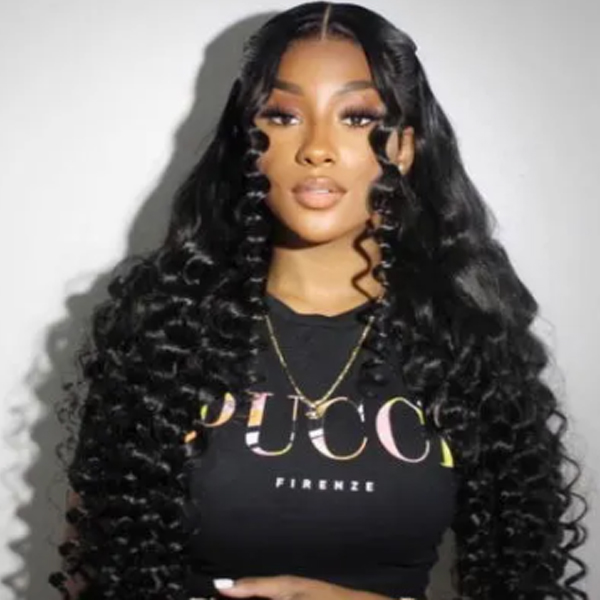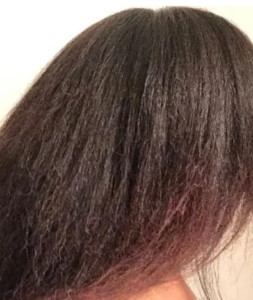Everyone wants healthy, beautiful hair, but the wrong shampoo can cause permanent damage to your hair and scalp. The only way to find the right shampoo for you is to know your hair and scalp type, understand the composition of the shampoo, and match the details in the instructions to the characteristics of your hair. This article will help you find the best shampoo for you, so read on!
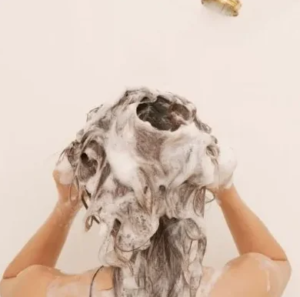
1. What you need to know about hair composition
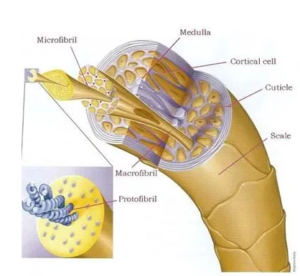
In terms of material composition, human hair as a whole is made up of protein and requires a protein from the body and from hair care products to produce healthy hair, which explains why not every expensive ingredient-rich shampoo is right for you.
1.1Hair Structure
In terms of the structure of the hair itself, it is divided into three main layers: the cuticle, the cortex, and the medulla. In the outermost layer is the cuticle, which mainly plays a role in absorbing and losing moisture, and we are familiar with common sense – excessive perm hair will make the hair dry and easy to break, is because perm hair damage the cuticle to lose the function of retaining moisture and thus become dry and easy to break.
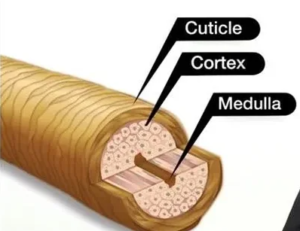
The cortical layer is in the middle, and the process of dyeing hair is to change the cortical layer to a new color through chemicals, and the innermost layer is the medulla, and not every type of hair has a medulla. So to keep your hair shiny and hydrated we need to start by taking care of the cuticle.
1.2 Hair Quality
There are three main types of hair from a hair texture point of view, not whether you have curly or straight hair, but mainly fine, medium, and coarse hair types. Fine hair is the thinnest of the three, it is very soft and delicate, but also the most fragile kind of hair.
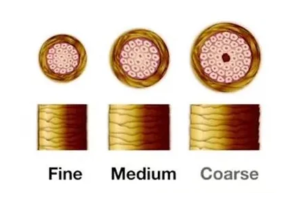
Medium hair is the most common method like new, and generally, people have a medium type of hair. The last type of thick hair, which is coarse and hard is also resistant to most damage, but this type of hair looks very fluffy and explosive.
1.3 Hair Texture
The general texture of the hair is mainly divided into fine flat hair, thick curly hair, and colored hair. Fine, flat, straight hair tends to be thin and soft and often becomes greasy or dry due to weather changes.
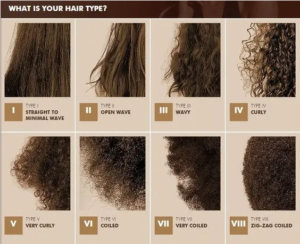
Curly hair has distinct “s” shaped waves, some of which tend to be thick and voluminous, and it tends to be the most prone to dryness, even becoming more frizzy as the waves increase. Colored hair may require more care than any other kind of hair because you need to maintain the color while also being able to make the hair less dry, and choosing the wrong shampoo can lead to fading and hair damage.
2. What you need to know about the scalp
After understanding the basic components of hair, the scalp is also a very important part that you need to understand. Shampoos also need to meet the needs of the scalp in order to give you healthy and shiny hair.
2.1Neutral Scalp
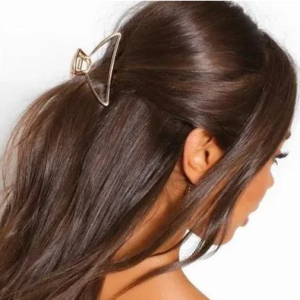
When the sebaceous glands of the scalp secrete a relatively balanced level of oil, we usually conclude that it is a neutral scalp, usually without excessive dandruff and oil, so you do not have to worry too much, choose a balanced shampoo.
2.2 Oily scalp
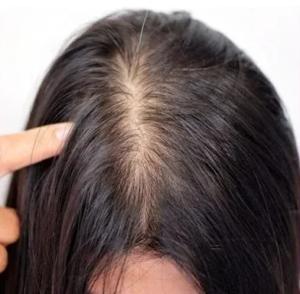
If your scalp still feels too oily or greasy after washing your hair with different kinds of shampoos every day, it might be time to give it a break! When choosing a shampoo for an oily scalp pick up a shampoo labeled “volumizing”, “strengthening” or “balancing” to deal with the excess oil. Avoid using moisturizing, hydrating shampoos or shampoos for curly, frizzy hair.
2.3 Dry Scalp
If you often feel that your scalp is very dry, and itchy, and often has dandruff, you have a dry scalp. You may be able to use a shampoo containing tea tree oil or menthol to help relieve dry scalp.
3. How to properly select a bottle of the right shampoo
Tip 1 Never judge a shampoo by its price, fragrance, or bottle
When you go into a store or supermarket to choose a shampoo your first concern is the shape of the bottle and the fragrance, but the truth is, these are your personal emotional needs and shampoo performance is not directly related!
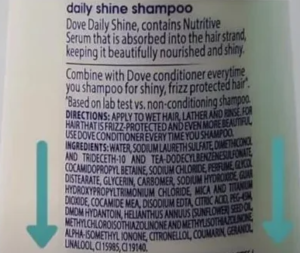
What you should do is take out a bottle of shampoo and see its ingredients list, which according to the general requirements of the Central Drug Administration for shampoos, it must be clearly arranged in descending order by ingredients, volume, and product distributor. Therefore the ingredients at the top have a higher concentration than those at the bottom.
Tip 2 Focus on the top five ingredients in the ingredient list
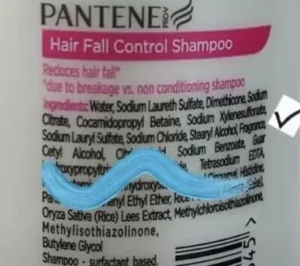
The top five ingredients with the highest concentration can directly determine whether the shampoo is good or bad, and this should be the most direct factor in your decision-making. For example, if a shampoo’s main star ingredient is aloe vera, but you look at the ingredients list and see that the aloe vera content is at the bottom of the list, you know it’s false advertising.
Tip 3 Pay attention to the detergent ingredients in shampoo
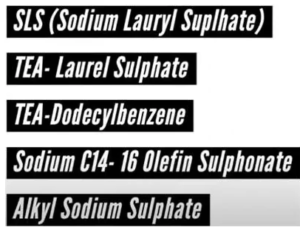
The following ingredients are very rough and unhealthy cleansing ingredients for your hair, so avoid them when you buy.
Tip 4 Identify whether the ingredients are good or bad
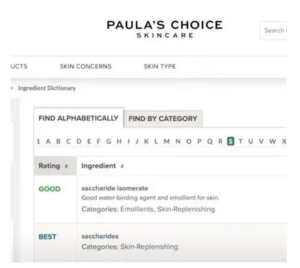
When you come across some shampoo ingredients you’ve never heard of and you can’t tell if they’re good or bad, try opening the ingredient dictionary in Paula’s choice and searching for the name of the ingredient, you’ll be able to tell if it’s good or bad.
Tip 5 Read more online reviews
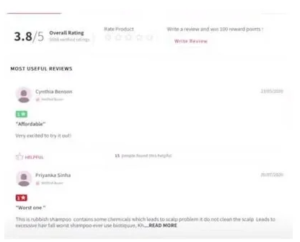
Go to Amazon and read the reviews of the shampoo you have chosen, or the reviews of some bloggers, you can often get a true and valid review. But you need to be clear that the effectiveness of shampoo also varies from person to person.
Tips 6 Wash your hair with shampoo

The ingredients list is safe and you have read reviews that this shampoo is perfect for you, so you can try washing your hair with this shampoo a few times to get a real feel for how good the shampoo is.

